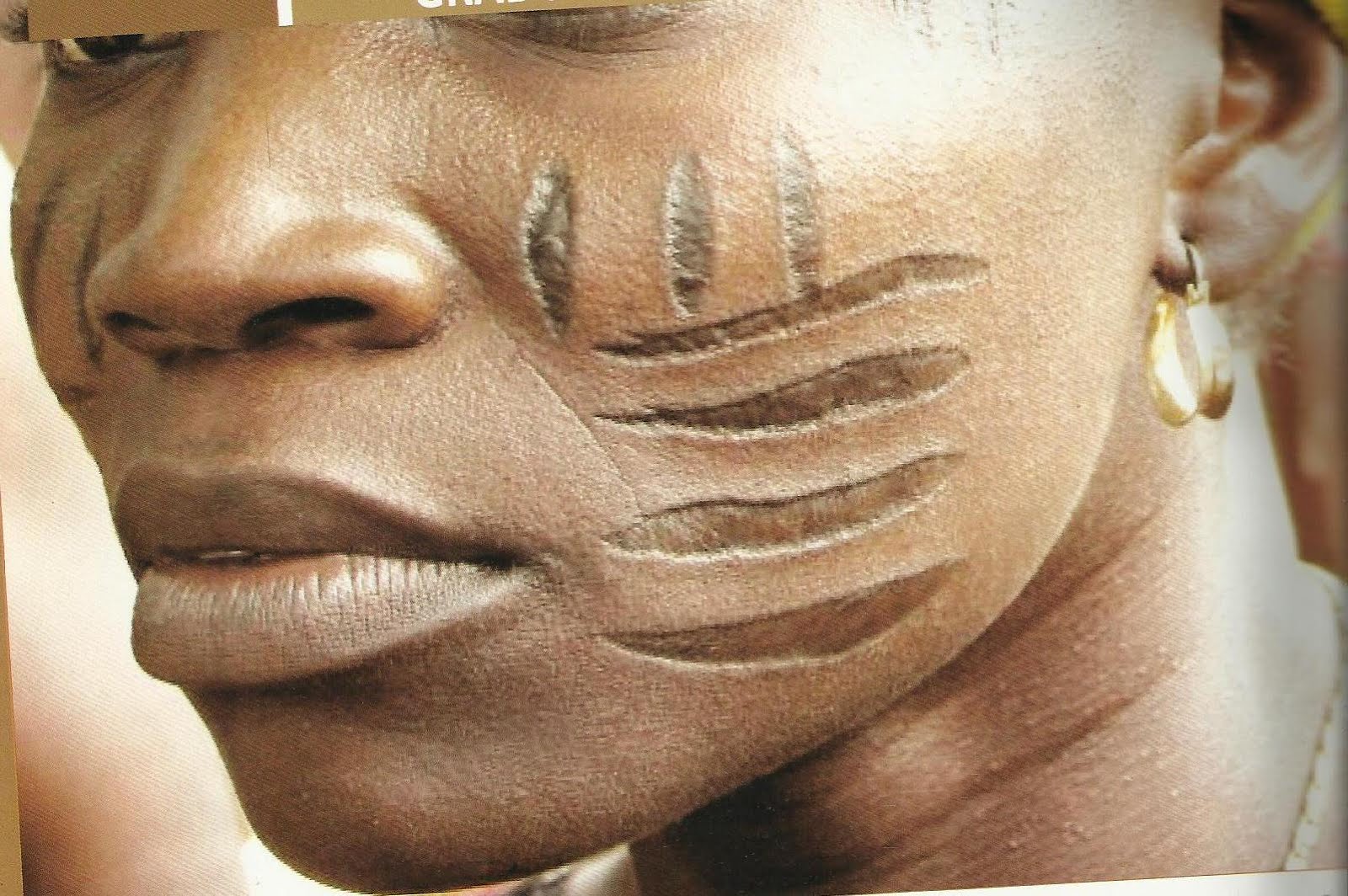Tribal marks have been an integral part of various cultures around the world, serving as symbols of identity, heritage, and social status. These marks, often etched or scarified on the skin, carry deep meanings that transcend mere aesthetics. In this article, we will explore the origins, types, and cultural significance of tribal marks, shedding light on their role in society and the controversies surrounding them.
Throughout history, tribal marks have been used by different ethnic groups as a way to signify belonging, lineage, and tradition. They can be found in various forms, from simple lines to intricate patterns, each with its unique story and purpose. As we delve deeper into this topic, we will examine the various aspects of tribal marks, including their historical context, the methods of application, and the perspectives of those who bear them.
In addition to their cultural relevance, tribal marks are often subjects of debate, particularly regarding human rights and personal autonomy. This article aims to provide a comprehensive overview of tribal marks, highlighting their importance while also addressing the complexities that come with them. So, let's embark on this enlightening journey into the world of tribal marks.
Table of Contents
- 1. Definition of Tribal Marks
- 2. Historical Context of Tribal Marks
- 3. Types of Tribal Marks
- 4. Cultural Significance of Tribal Marks
- 5. Methods of Application
- 6. Perspectives on Tribal Marks
- 7. Controversies Surrounding Tribal Marks
- 8. Conclusion
1. Definition of Tribal Marks
Tribal marks, also known as scarification or tribal scarring, are permanent markings made on the skin of individuals belonging to specific ethnic groups. These marks serve multiple purposes, including identifying an individual's tribe, marking important life events, or indicating social status. While the methods and designs of tribal marks vary widely across cultures, they are often seen as a rite of passage or an expression of identity.
2. Historical Context of Tribal Marks
The practice of applying tribal marks dates back thousands of years and is found in many cultures across Africa, Asia, and the Americas. Historically, these marks were often associated with specific tribes or clans and played a crucial role in social structures.
For example:
- In some African communities, tribal marks were used to signify an individual's lineage and belonging to a particular clan.
- In ancient Rome, certain markings indicated a person's social class or profession.
- Among Indigenous peoples of the Americas, tribal marks were often used in religious and spiritual ceremonies.
These historical contexts reveal the deep-rooted significance of tribal marks in shaping identities and preserving cultural heritage.
3. Types of Tribal Marks
Tribal marks can vary significantly based on cultural practices and regional influences. Here are some common types:
3.1 Scarification
Scarification involves cutting or scratching the skin to create raised scars. This method is often used to create intricate patterns that hold cultural significance.
3.2 Tattoos
Some cultures use tattoos as a form of tribal marking. These tattoos may symbolize important life events or convey messages about the individual's identity.
3.3 Body Paint
While not permanent, body paint is often used in ceremonies to signify tribal affiliation, especially during festivals or rituals.
4. Cultural Significance of Tribal Marks
Tribal marks carry profound cultural significance. They often represent:
- **Identity:** Marks signify belonging to a specific tribe or community.
- **Tradition:** They serve as a link to ancestral practices and customs.
- **Rites of Passage:** Many marks are applied during significant life events, such as initiation into adulthood.
In many cultures, tribal marks are also seen as a form of beauty and pride, highlighting the unique identity of the bearer.
5. Methods of Application
There are various methods used to apply tribal marks, including:
- Cutting: A sharp instrument is used to make incisions on the skin.
- Burning: Heated tools may be used to create scars through burning.
- Tattooing: Ink is injected into the skin to create permanent designs.
Each method has its cultural context and significance, and the choice of technique often reflects the traditions of the specific community.
6. Perspectives on Tribal Marks
The perspectives on tribal marks can vary widely. For many, these marks are a source of pride and identity, while others view them as a form of bodily harm. Here are some common viewpoints:
- Advocacy for Tradition: Supporters argue that tribal marks are essential for preserving cultural heritage.
- Human Rights Concerns: Critics raise concerns about consent and the potential for coercion in communities where marks are a norm.
Such differing views highlight the complexity of the topic and the need for respectful dialogue.
7. Controversies Surrounding Tribal Marks
The practice of tribal marking has faced controversies, particularly in modern societies where individual rights and body autonomy are highly valued. Key issues include:
- Consent: There are concerns regarding whether individuals, especially minors, can provide informed consent for such permanent markings.
- Stigmatization: In some cultures, tribal marks may lead to discrimination or social stigma.
- Legal Regulations: Some countries have laws regulating body modifications that impact the practice of tribal marking.
These controversies underscore the need for a balanced approach that respects cultural traditions while also considering individual rights.
8. Conclusion
In conclusion, tribal marks serve as powerful symbols of identity, heritage, and tradition. They have deep historical roots and significant cultural importance in various societies. While they are celebrated by many as expressions of pride and belonging, they also raise important questions about consent and individual rights.
As we navigate these complex issues, it is crucial to approach the topic of tribal marks with sensitivity and respect. We encourage our readers to leave comments, share their thoughts, and explore further articles on related topics to deepen their understanding.
Thank you for joining us on this journey to explore the fascinating world of tribal marks. We hope to see you again soon!


